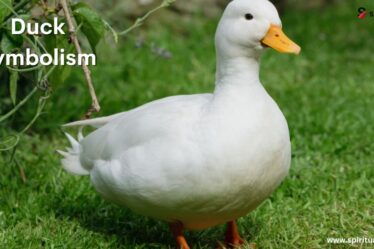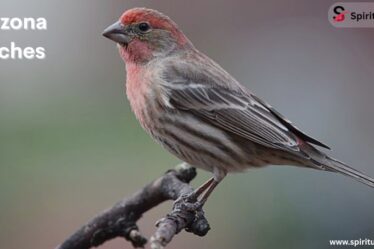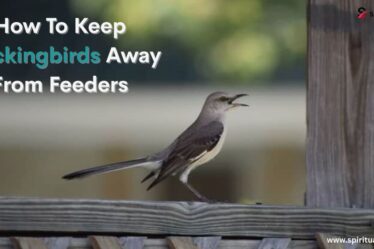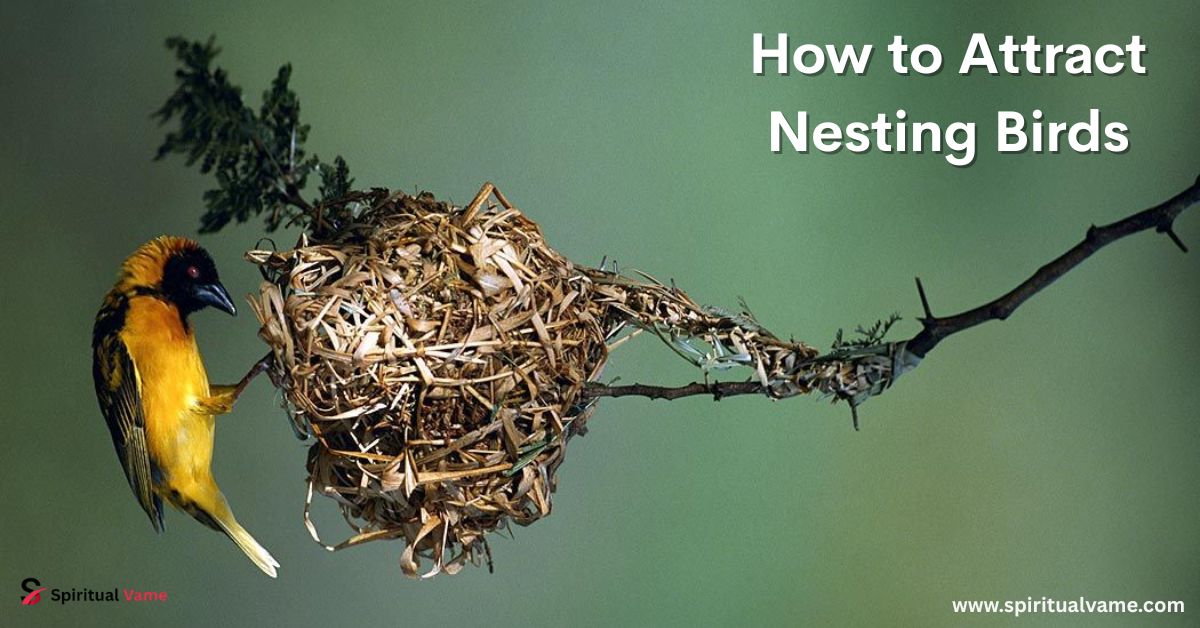
There’s something magical about hearing soft chirps and watching little birds flutter around their new homes. If you’ve ever dreamed of having more feathered visitors in your backyard, learning how to attract nesting birds is the perfect way to start. Many birds, like bluebirds, chickadees, and wrens, are looking for safe places to build their nests each spring. By setting up the right spaces and offering a little help, you can turn your yard into a nesting paradise. In this guide, you’ll find everything you need to create the ultimate bird-friendly environment, using proven tips and smart ideas.
9 Proven Tips to Attract Nesting Birds
Right now, backyard birding is now trending across the USA, and it’s easy to see why. Having cavity-nesting birds like nuthatches and flycatchers around brings life and beauty to your outdoor space. Plus, helping birds by offering shelter and protection makes a real difference for their survival.
When you want to attract nesting birds, you’ll need more than just a pretty birdhouse. Birds look for safe, species-specific spots to raise their families. Creating a space where birds feel protected, with enough food, water, and good hiding spots, will increase your chances of success.
Offer Several Birdhouses
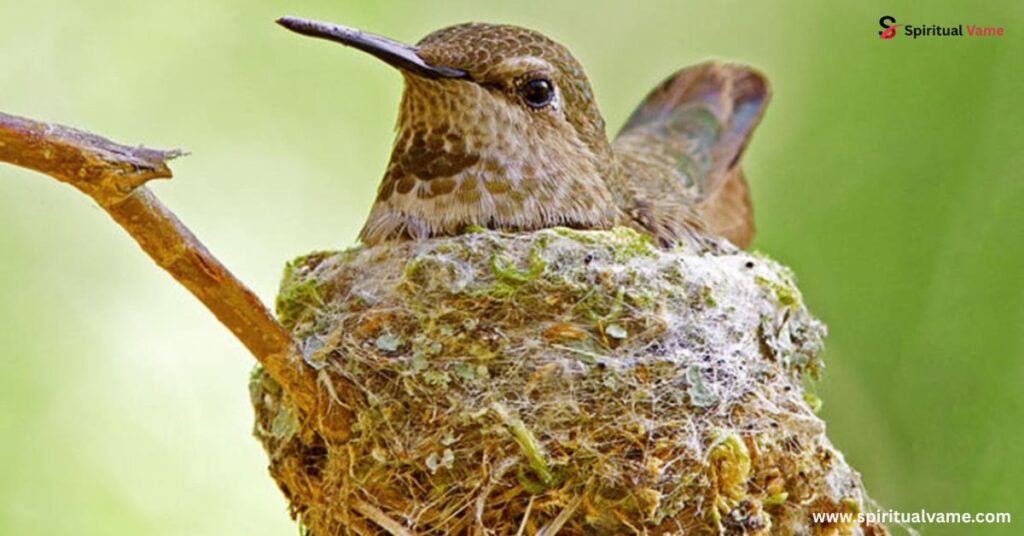
Offering multiple birdhouses in your backyard is one of the easiest ways to welcome more birds. Different species have different nesting habits, and providing a few choices means birds are more likely to find something that feels just right. For example, bluebirds prefer a specific entrance hole size, around 1.5 inches, while chickadees prefer 1.125 inches. Using untreated wood is important to avoid harmful chemicals, and adding good ventilation and drainage keeps the nest safe and dry.
Positioning your birdhouses wisely also matters. It’s a good idea to spread them out to avoid territory fights. Some birds, like wrens, can get very protective of their nesting space. Websites like The Spruce, Birdful, and A Nation of Moms suggest hanging birdhouses at different heights depending on the species you’re trying to attract.
Choose Birdhouses That Attract Multiple Species
Choosing birdhouses that attract multiple species is a smart move if you want a lively backyard. Look for simple, well-ventilated designs without fancy perches or decorations. These open the door for different birds like flycatchers, nuthatches, and even colorful trogons to move in. Paying attention to things like dimensions, entrance hole size, and safe materials like untreated wood ensures your birdhouses are welcoming.
Also, consider adding predator guards to protect the little families inside. These simple additions can make a big difference, especially against threats like raccoons and squirrels. Trustworthy resources such as Southern Living, Birdful, and Better Homes & Gardens often recommend using cavity-nesting houses that match the birds’ natural habits.
Attract Friendly Nesting Neighbors
Not all birds get along, so it’s helpful to attract species that make good neighbors. Peaceful birds like bluebirds and chickadees often nest near each other without problems. You can help by spacing birdhouses about 20 to 30 feet apart and setting up areas with shelter and natural cover to help protect them from predators.
Offering a mix of nesting sites and enough food and water reduces competition. Birds feel more at ease when they aren’t forced to fight for space. According to experts from Birdful and beakofbirds.com, setting out multiple houses and adding plants like shrubs or native flowers can create a calmer environment.
Hang Up Baskets
Thinking outside the box, hanging up baskets can also attract nesting birds like robins and doves. These birds prefer open nests instead of deep cavities. Hanging baskets filled with a bit of dry grass or pine straw can provide the perfect spot for them to settle down.
Make sure you hang the baskets somewhere sheltered from heavy winds and direct rain. Ideal places include porches, tree branches, or even tucked near a quiet wall. This fun method makes it easy to spot new bird families without disturbing them.
Add a Bird Bath and Bushes
Water is just as important as shelter when it comes to attracting nesting birds. Adding a simple bird bath gives birds a place to drink and bathe, which helps keep them healthy during breeding season. A shallow, easy-to-clean bird bath is best.
Pair the water source with some native bushes to create a cozy and protective environment. Birds love thick plants for hiding, sheltering, and feeling safe. Southern Living and The Spruce suggest planting bushes like elderberry, viburnum, and serviceberry to boost nesting success.
Try Birdhouse Gourds
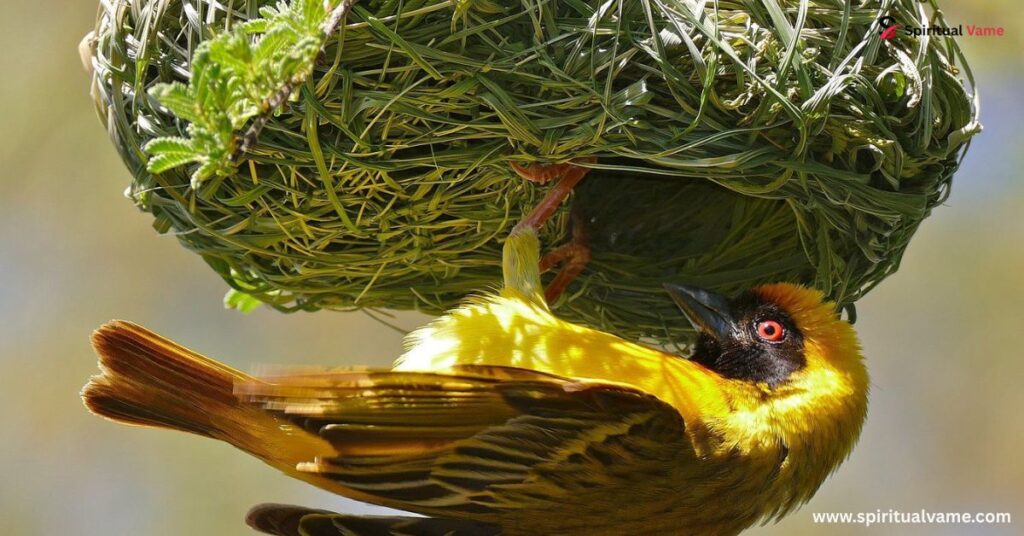
If you want to try something a little different, birdhouse gourds are a natural and fun choice. You can grow them in your garden or buy pre-dried gourds. Birds like purple martins adore these homes because they resemble natural cavities they’d find in the wild.
Just like regular birdhouses, it’s important to make sure your gourds have the right entrance hole size, around 1.25 inches for smaller birds. Also, ensure they have drainage holes and are cleaned out after each nesting season to prevent diseases.
Keep Nest Boxes Clean
Cleanliness is key when you’re trying to attract nesting birds. Over time, old nesting material can grow parasites, spread diseases, and reduce bird health. Regular cleaning, inspection, and upkeep of your birdhouses keep them inviting and safe for new tenants.
According to Better Homes & Gardens and Bird Watching HQ, it’s best to clean out the birdhouses at the end of each nesting season. Removing old nests and lightly scrubbing the inside with a mild soap solution can prevent future problems and ensure the habitat longevity for many bird families to come.
Secure Birdhouses to Trees
Where and how you secure your birdhouses can make a big difference. It’s best to attach them firmly to trees or poles, keeping them stable during storms. Birdhouses placed too loosely might sway and scare the birds away or even fall during heavy winds.
Mount your birdhouses around 5 feet to 15 feet above ground, depending on the species you’re trying to attract. Experts at Birdful and Bird Watching HQ say the right orientation, visibility, and stability help birds feel secure. Place them away from busy areas like driveways or windows to avoid too much human activity.
Set Out Nesting Material
Providing nesting materials is an easy way to help birds get started. Birds use everything from twigs and leaves to feathers and soft fibers. You can leave natural materials like small sticks, dry grasses, and pet hair around your garden.
According to advice from beakofbirds.com and The Spruce, nesting material should be pesticide-free and safe for bird use. Some people even hang small suet cages filled with cotton fibers or moss, giving birds easy access to what they need for building sturdy, warm nests.
How to Attract Birds to Your Birdhouse—and Keep Other Critters Away
Setting up a birdhouse is only half the battle. If you want to know how to attract birds to your birdhouse without inviting unwanted guests, you’ll need a plan. Adding baffles below the birdhouse can stop raccoons, squirrels, and even snakes from climbing up. Keeping houses at least 3 feet away from tree trunks also reduces climbing risk.
Protecting nesting birds is crucial for their success. Things like predator guards, metal mounting poles, and strategic placement help ensure birds can raise their chicks safely. As experts from Better Homes & Gardens and Southern Living suggest, even simple barriers can mean the difference between nest safety and failure.
The Many Benefits of Birdhouses
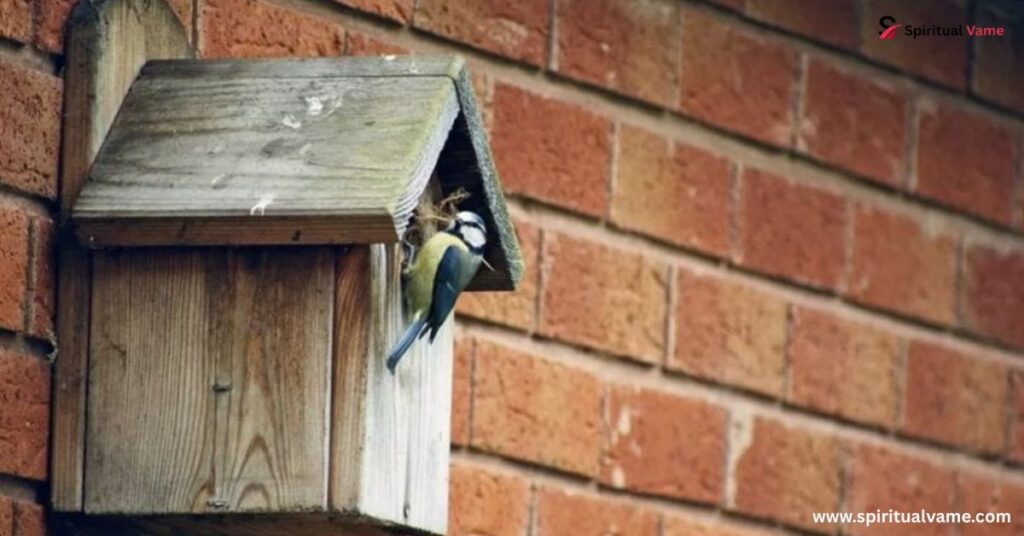
Besides being beautiful to look at, birdhouses serve important ecological roles. They provide shelter for small birds during storms, support breeding success, and help maintain a healthy bird population. Birdhouses also help control insects naturally, reducing the need for harmful pesticides.
Sources like Southern Living and Birdful point out that having nesting birds nearby also strengthens the local ecosystem. You’ll be creating a mini sanctuary that supports life, balance, and biodiversity right in your own backyard.
Ways to Attract Birds to Your Birdhouse
Finding ways to attract nesting birds to your birdhouse takes a little planning but offers big rewards. The most important part is to choose an ideal location—somewhere safe, quiet, and close to shelter and food sources.
Next, make sure you select the right birdhouse. Birds are picky. They need the correct dimensions, proper ventilation, and safe materials like untreated wood. Add a little natural landscaping and, when possible, create a native plants garden filled with native shrubs, trees, and flowers to make the environment irresistible.
Finally, remove potential hazards like nearby predator zones, pesticides, or large windows that birds might fly into. If you can, incorporate a water feature like a simple birdbath to complete the setup.
7 Ways to Keep Pests Away From Your Birdhouse
Protecting birdhouses from pests is vital. Add a baffle to your pole to stop raccoons and squirrels from reaching the nest. Keep your birdhouses mounted on metal poles when possible, and grease them slightly to make climbing impossible. Remove old nests after each season to prevent infestations.
Choosing the right entrance hole size also keeps bigger pests like starlings out. Regular inspections, good hygiene, and smart placement go a long way toward securing nesting success.
How to Attract Birds to a Birdhouse
Attracting birds to a birdhouse starts with timing. Set up houses early, even before spring migration begins, so birds have time to find them. Keep your birdhouses visible, but tucked close enough to shelter so birds feel safe from predators.
Patience is key here. It may take a season or two, but once a bird finds your house and has success, others are sure to follow.
Which Birds Use Birdhouses
Many charming species use birdhouses, including bluebirds, chickadees, wrens, tree swallows, and even some flycatchers. Each species has different preferences for house size, location, and entrance hole diameter.
Creating multiple options in your yard gives you a better chance of seeing a variety of colorful and interesting visitors throughout the year.
Tips for Attracting Birds to a New Birdhouse
To improve your chances:
Know the bird species in your region so you can match house styles.
Plant natives to provide food and shelter naturally.
Provide a water source like a simple birdbath.
Add a bird-feeding station nearby.
Offer brush piles for extra shelter.
Minimize predators using guards and safe placement.
Choose a birdhouse for the species you want to attract.
Leave birdhouses empty—birds prefer to do their own decorating.
Above all, have patience. Good things are worth waiting for!
Conclusion
Attracting birds to your backyard is a joyful and rewarding experience. If you learn how to attract nesting birds, you can enjoy the beauty of nature right outside your door. Knowing how to attract nesting birds means offering safe homes, fresh water, and plenty of food. It also means planting native trees and using the right birdhouses. When you focus on how to attract nesting birds, you create a safe place for many species. Be patient and stay consistent. Understanding how to attract nesting birds takes time, but the rewards are worth it. Follow the right steps, and you will see more beautiful birds making your backyard their home.

